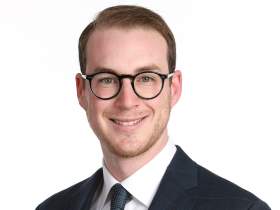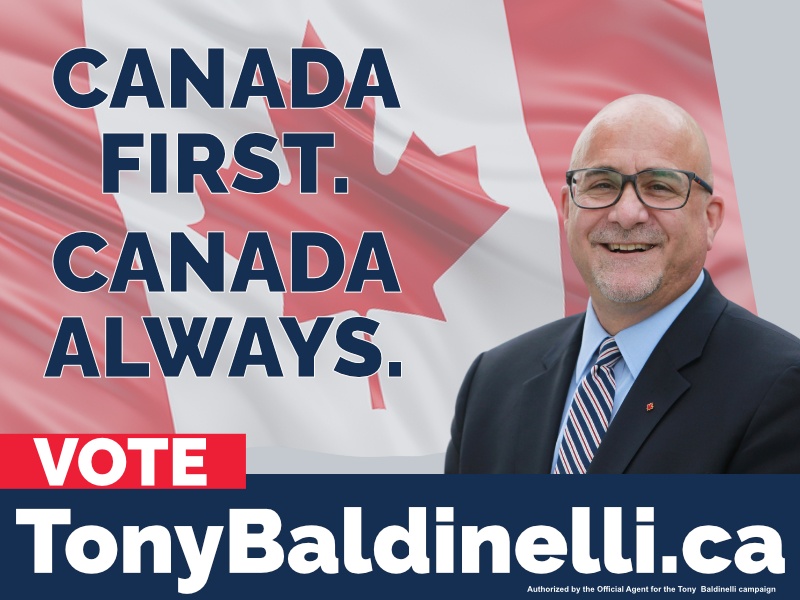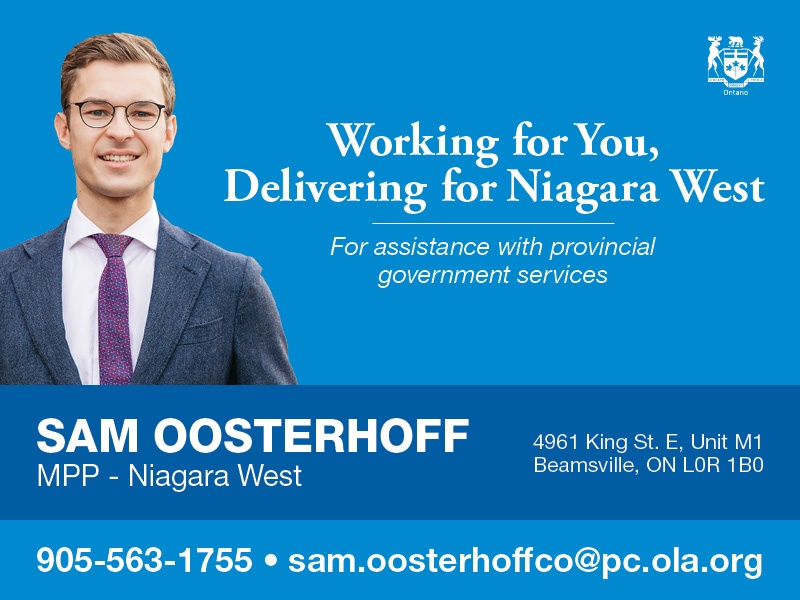Ontario Premier Doug Ford has once again appointed the largest Cabinet in Ontario’s history.
Ford beat his own record in appointing 37 members to his new Cabinet, which will oversee his government’s agenda as it begins its third term.
Most of the faces Ontarians will see over the next four years are faces they will be very familiar with.
Peter Bethlenfalvy stays in the finance portfolio and will be tasked with overseeing Ontario’s finances as the country deals with its present trade war with the United States.
Given that last year’s budget was in deficit territory, and this coming year’s budget was only going to be balanced on a knife’s edge before President Donald Trump’s tariffs, it’s quite likely Bethlenfalvy will be tasked with running a lot more red ink in the coming years.
Ford did not appoint a specific minister when it comes to internal trade, a crucial file as provinces look to tear down internal trade barriers within Canada to confront new ones being erected by the United States, but Vic Fedeli remains the man in charge of Ontario’s international trade agenda. He will presumably be tasked with leading the charge to tear down interprovincial trade barriers as well.
Sylvia Jones remains health minister and deputy premier, roles she’s held since 2022.
The Cabinet has just one new member, as Milton MPP Zee Hamid joins the front benches as an associate minister, overseeing the auto theft and bail reform file.
It remains curious that Ford chose to expand his Cabinet, and include files that could have otherwise been folded into larger ministries, at a time when Ontario taxpayers want to see cost cutting and just days after Prime Minister Mark Carney significantly cut down the number of members of the federal Cabinet.
In fact, Ontario’s Cabinet now has 13 more members than Carney’s does in Ottawa, despite the fact that Ontario represents well under half of the national population.
There remain a lot of strange files. For some reason, Ford has decided that Ontario needs both an associate minister of municipal affairs and housing as well as a full-time minister of municipal affairs and housing. The same goes for forestry, energy, and attorney general.
Some big jobs did change hands. Paul Calandra has been shuffled out of the housing file and will be replaced by Rob Flack, who was previously in agriculture. Calandra and Ford had reportedly clashed over housing policies in recent months.
Calandra moves to education, replacing Jill Dunlop, who held the file for less than a year. Dunlop moves to emergency preparedness and response, a new portfolio.
Ontario also has a new minister of environment, Todd McCarthy, who replaced Andrea Khanjin, who moves to red tape reduction. Environment policy in Canada is set to enter a new era, with Carney suspending the federal consumer carbon tax backstop and the conflict over the carbon tax now moving to industrial carbon taxes.
The federal Conservatives are campaigning on eliminating the industrial carbon tax backstop, in addition to getting rid of the consumer carbon tax for good, and it remains to be seen where the Ford government stands on that file.
For the first time in several years, Ontario has a new associate minister of mental health and addictions, Vijay Thanigasalam. Given how important the mental health file is becoming across Canada, one can only hope that he will have a prominent role at the Cabinet table.
Overall, Ford gave Ontarians few surprises. This is largely the same team that Ford took into the election, an election in which Ford failed to pick up seats, his stated goal in calling an early election in the first place.
Ontario faces important challenges in the years ahead. With a number of experienced hands in prominent roles, Ford’s Cabinet projects stability at a time of much upheaval.
In that sense, it’s a good thing.

Jay Goldberg is the Ontario Director at the Canadian Taxpayers Federation. He previously served as a policy fellow at the Munk School of Public Policy and Global Affairs. Jay holds a Ph.D. in Political Science from the University of Toronto.








